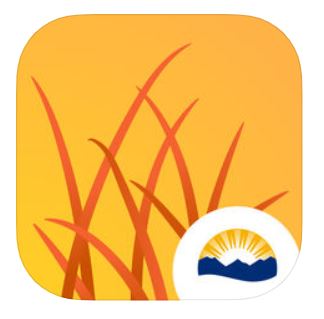Pasture and range health
Private and Crown rangelands are used for forage for livestock like cattle, sheep and horses. About 80 percent of rangeland in B.C. is on Crown land. The rest is privately owned. Farmers and ranchers must have a lease or licence to cut hay or graze livestock on Crown rangelands and follow a rangeland management plan.
B.C. ranchers commonly graze their cattle on low- to mid-elevation bunchgrass or wheatgrass-needlegrass range in early spring. They then move the cattle to higher elevation pinegrass or bluejoint range, cut-blocks seeded to domestic forages and native sedge meadows in early summer, returning them back to native bunchgrass or wheatgrass-needlegrass range in the fall.
B.C. is unique in the relatively small percentage of land that is privately owned. This means that access to provincial Crown land is necessary for livestock grazing. Grazing is authorized on Crown rangeland under the Range Act and the Forest and Range Practices Act (FRPA).
Pasture and range health depend on the maintenance and balance of the soil, vegetation, water and air, as well as the ecological processes of the grazing land ecosystem that:
- Produce plant biomass including forage for livestock and wildlife
- Maintain the soil and protect the site from erosion
- Capture and beneficially release water
- Cycle nutrients and energy
- Maintain biological diversity
- Store carbon
MyRangeBC is a mobile tool for B.C. government range staff to assist B.C. crown range agreement holders with range use planning.
Additional resources
Contact information
Contact your Natural Resource District and Range Officer if you have questions about rangeland use in a specific Natural Resource District. Please direct general questions to:
Forests.RangeBranch@gov.bc.ca
Range.GrazingLeases@gov.bc.ca
Invasive.Plants@gov.bc.ca
Range.Practices@gov.bc.ca
Range.GrazingPolicy@gov.bc.ca

